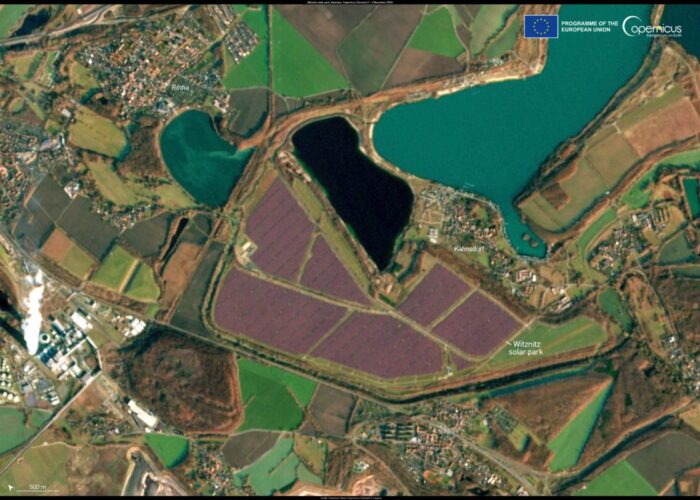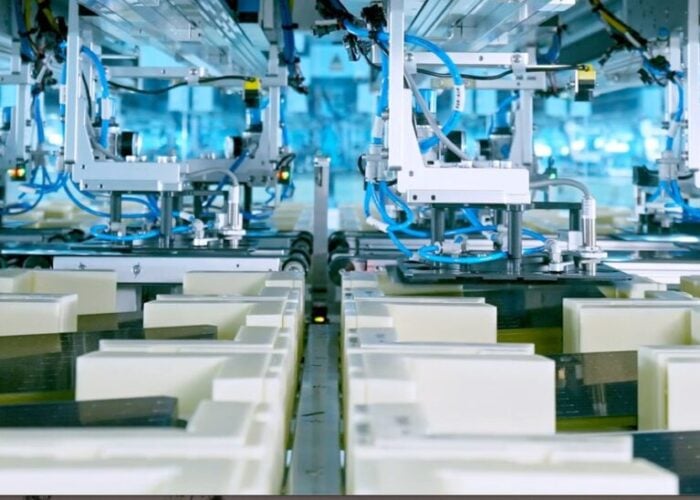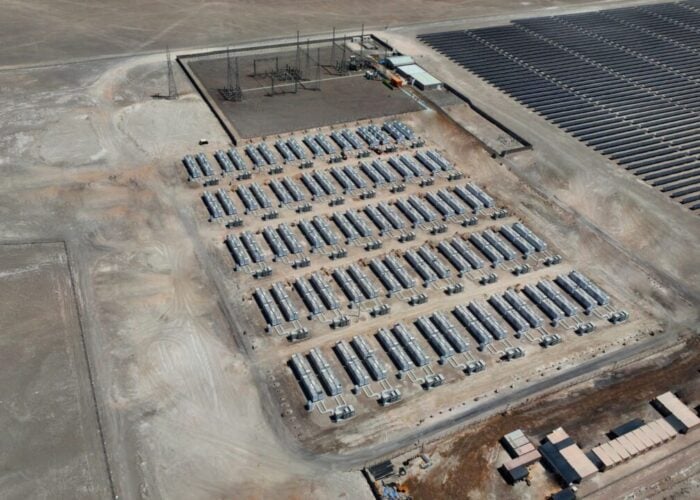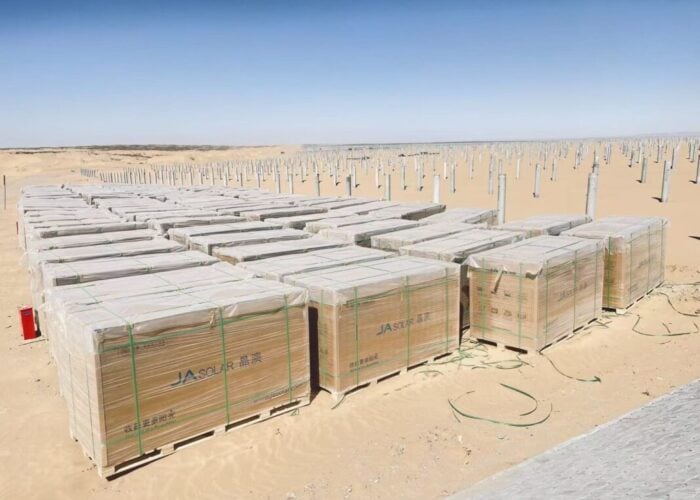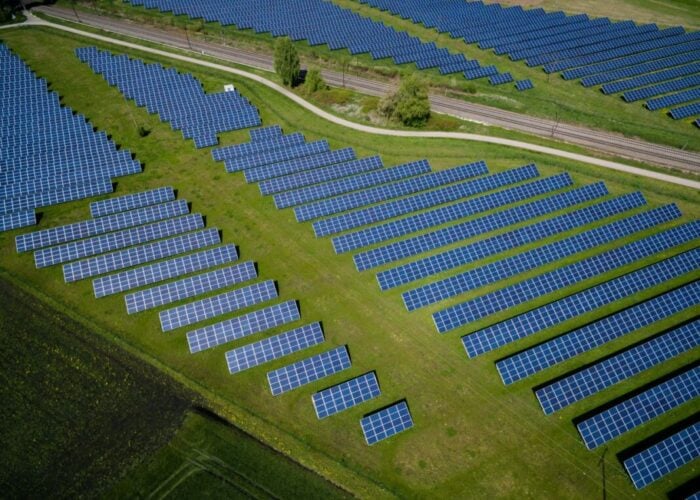Konica Minolta Sensing Americas has introduced the AK Series of new photovoltaic reference cells to the US market. The AK reference cells are used as a standard point of calibration to ensure consistent measurements of newly developed photovoltaic cells. They were created with the cooperation of The National Institute of Advanced Industrial Science and Technology (AIST) and Konica Minolta Sensing; utilizing their advanced optical filter technology to provide high-accuracy measurement for adjusting the intensity of solar simulators used for evaluation of solar cells including tandem cells.
Problem
Unlock unlimited access for 12 whole months of distinctive global analysis
Photovoltaics International is now included.
- Regular insight and analysis of the industry’s biggest developments
- In-depth interviews with the industry’s leading figures
- Unlimited digital access to the PV Tech Power journal catalogue
- Unlimited digital access to the Photovoltaics International journal catalogue
- Access to more than 1,000 technical papers
- Discounts on Solar Media’s portfolio of events, in-person and virtual
Or continue reading this article for free
With the increased focus on renewable energy, performance improvements to photovoltaic cells are a key route to lower cost per watt. As cell manufacturers strive to improve the performance and characteristics of solar cells, it is necessary to perform evaluation of each product under standard test conditions. Even on Class C solar simulators for multi-junction cells, the spectral mismatch for tandem solar cells (a-Si / uc-Si types) is drastically lower than that of typical reference cells, making current matching of tandem solar cells easier. For accurate measurements, it is necessary to utilize a reference photovoltaic cell with a calibrated short-circuit current to adjust the intensity of the solar simulator to be used for measurements.
Solution
Initial offerings in the AK Series will include the AK-100 (for amorphous silicon cells), the AK-110 (for microcrystalline silicon cells), and the AK-200 (for crystalline silicon cells). In addition to commercial & university research and development labs, manufacturers of thin film & optical glass who supply components to the PV industry are also prime candidates. Component manufacturers now have a way to accurately test new materials in the same way a R&D lab would. For example the reflection characteristics for the AK-100 highlight that errors found in the short-circuit current (Isc) due to multiple reflection is greatly reduced. Improvements in the optical structure suppress multiple reflections and reduce the 1.3% error of conventional products to 0.0%. A PT-100 temperature sensor is integrated into the package of the AK-100 and AK-110, and can be connected to a temperature-controlled stage for reference PV cells to easily achieve and maintain the standard test condition (STC) of 25°C.
Applications
Amorphous / microcrystalline/ crystalline silicon cells
Platform
Konica Minolta Sensing’s amorphous / microcrystalline SPV Reference Cells are comprised of a stable, single-crystal silicon solar cell combined with newly designed glass filters and covered with a glass plate in a specially-manufactured frame. The Reference PV Cells can be delivered with calibration traceable to NREL.
Availability
Currently available.

